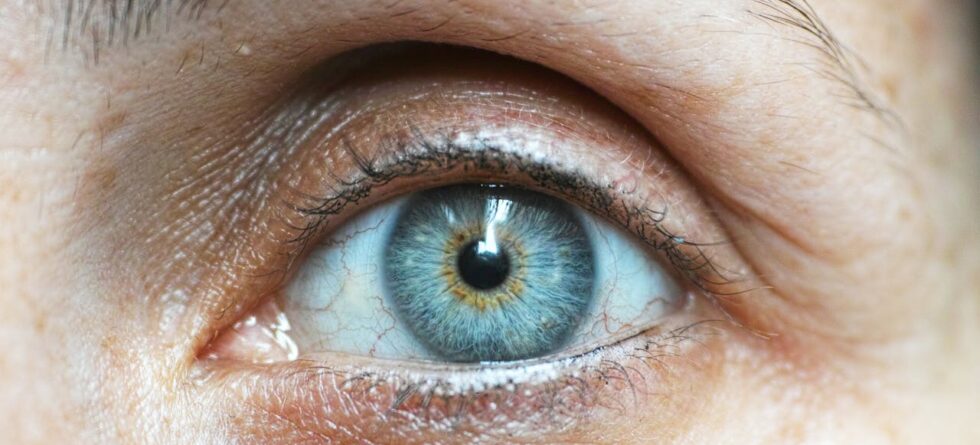Dementia is a complex condition that affects not only cognitive function but also various aspects of physical health, including changes in the eyes. Caregivers and loved ones often wonder: what do dementia eyes look like?
Let’s explore the distinctive changes that can occur in the eyes of individuals with dementia and what they may indicate.
- Vacant or Blank Stare – One common observation in individuals with dementia is the presence of a vacant or blank stare. Dementia can affect the brain’s ability to process visual information, leading to a lack of focus or engagement in the surrounding environment. This vacant stare may be indicative of cognitive impairment and reduced awareness of surroundings.
- Sunken Appearance – As dementia progresses, individuals may experience changes in facial structure and muscle tone, which can contribute to a sunken appearance around the eyes. This sunken look may be attributed to muscle weakness, loss of facial fat, or dehydration, all of which are common in advanced stages of dementia.
- Difficulty with Eye Movement – Dementia can impair the coordination and control of eye movements, making it challenging for individuals to track objects or shift their gaze effectively. Caregivers may notice jerky or uncoordinated eye movements, as well as difficulties maintaining eye contact during conversations.
- Increased Sensitivity to Light – Some individuals with dementia may develop a heightened sensitivity to light, known as photophobia. This sensitivity can cause discomfort or irritation in response to bright or intense light sources, leading individuals to avoid exposure to sunlight or artificial lighting.
- Changes in Pupil Size – Dementia can affect the autonomic nervous system, which regulates pupil size in response to changes in light levels. Caregivers may observe abnormalities in pupil size, including dilated or constricted pupils, which may be indicative of underlying neurological dysfunction.
While these changes in the eyes can be indicative of dementia, individual is unique, and not all individuals with dementia will exhibit the same visual symptoms. Changes in the eyes can also be influenced by other factors such as age-related vision changes or underlying medical conditions.
As caregivers and loved ones, observe and monitor changes in the eyes of individuals with dementia but also consult with healthcare professionals for comprehensive assessment and management. By staying informed and attentive to these visual cues, caregivers can better understand and support the needs of individuals with dementia.







